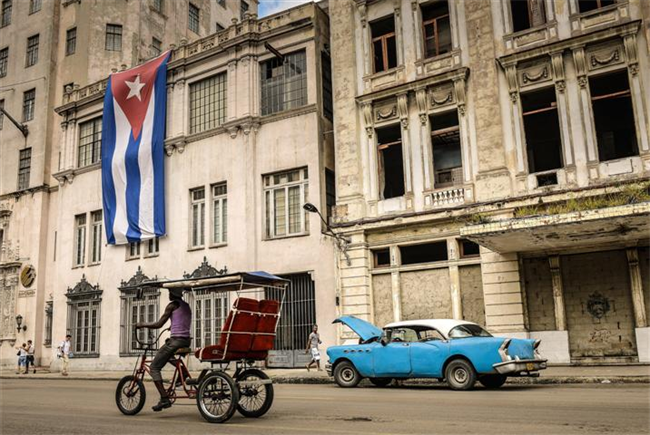Law & Politics
Reclaiming Art Seized by Castro’s Government Will Be an Uphill Battle
The Fanjul family lost $60 million in art, including a Michelangelo drawing.

The Fanjul family lost $60 million in art, including a Michelangelo drawing.

Sarah Cascone

The improved relationship between the US and Cuba could bring with it a flurry of lawsuits, as Cubans who fled to America following Fidel Castro’s rise to power look to recover artworks left behind. Tracking down paintings seized by the revolutionary government, however, is no easy proposition, and could take years.
After taking power in the early 1960s, Castro’s government sent teams to raid the homes of wealthy exiles for paintings, antiques, and jewelry, many of which made their way into Cuban museum collections. The current government maintains that abandoned work, such as sugar baron Julio Lobo’s collection of Napoleonic memorabilia, one of the world’s largest, have become the rightful property of Cuba. Efforts to reclaim such works are likely to be met with protracted legal battles.
Tracking down confiscated pieces that were auctioned off to private owners or smuggled overseas will be even more difficult. “I encourage people to seek their property . . . but finding movable items like paintings or jewelry is particularly difficult,” Tania Mastrapa, a consultant on property rights in former Communist countries, warned the Voice of America.
If the still-ongoing cases of Holocaust survivors, or White Russians who fled during the 1917 revolution are any indication, it may be decades before restitution claims are resolved—or the artworks are even found. The German government currently has a dedicated task force sifting through the recently discovered collection of Cornelius Gurlitt, looking for Nazi-looted artwork in a yearlong provenance research project. Maria Altmann’s quest to win back her family’s Klimt collection, immortalized in the upcoming Helen Mirren film Woman in Gold, took almost a decade (see “Helen Mirren Puts Up Fight of a Lifetime for Gustav Klimt Portrait“).
Gil Marmol and his family lost 17 paintings, two by Diego Rivera. Their failed efforts to get the paintings back is particularly illustrative of the difficulties awaiting Cuban Americans looking to reclaim their artwork. The 61-year-old Marmol began hunting down the collection in 2009, but was only able to find clues on the whereabouts of one painting: Rivera’s Hombre Cargando Alcatraces. The painting had been smuggled out of Cuba and fetched $145,500 at Sotheby’s New York in 1995.

Diego Rivera, Hombre cargando alcatraces (1944).
Photo: artnet
The recent detente has many Cuban Americans hopeful of restitution, or at least compensation, but the US government has little jurisdiction in most cases, as the property was stolen from non-citizens. Families like the Fanjuls, who lost $60 million in art, including a Michelangelo drawing, will likely have to go to Cuba in person, and seek justice from the courts.
As of yet, no one has attempted to name a dollar figure for the Cuban art that were taken from their rightful owners. One thing that is sure is that affected parties should prepare for a long process.
Follow @sarahecascone on Twitter.